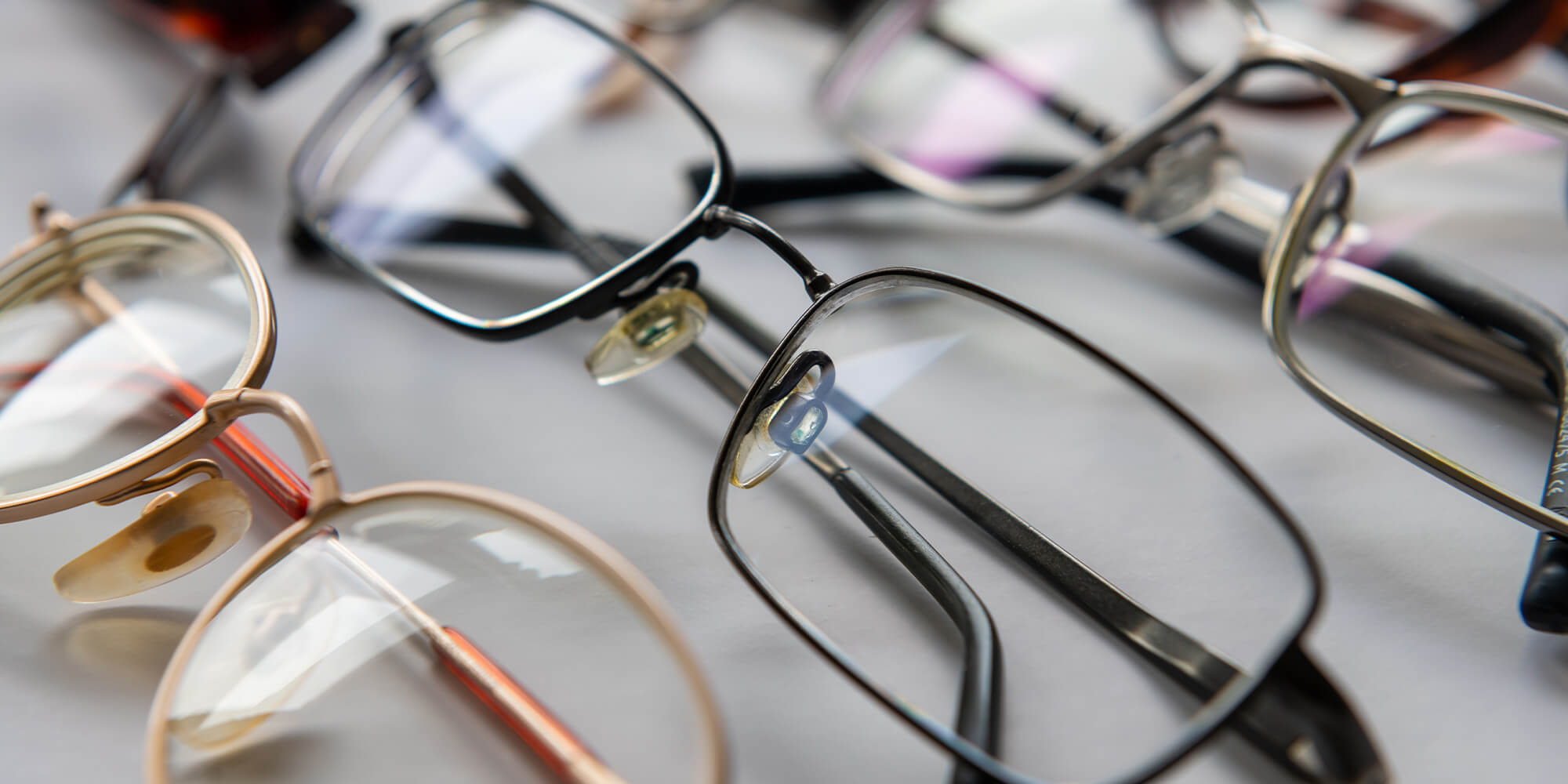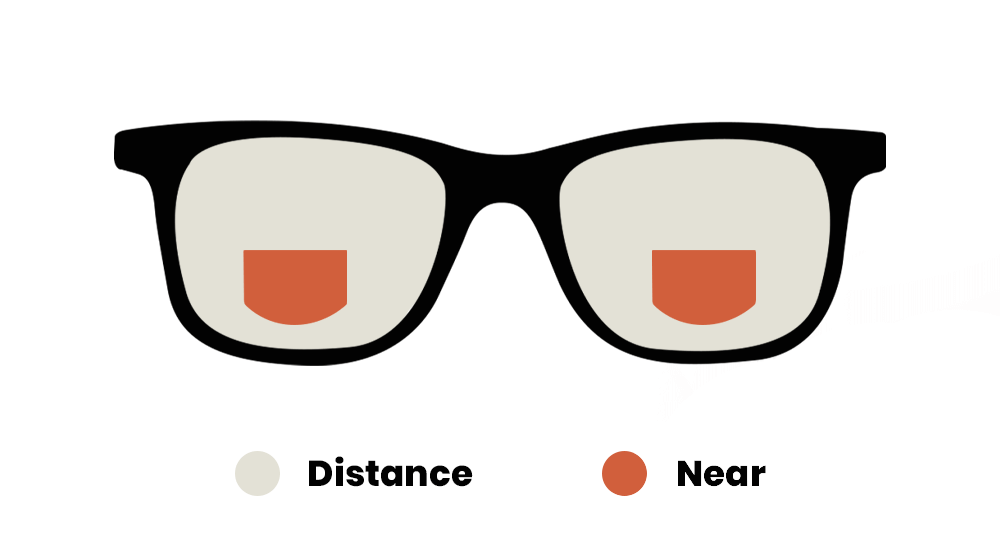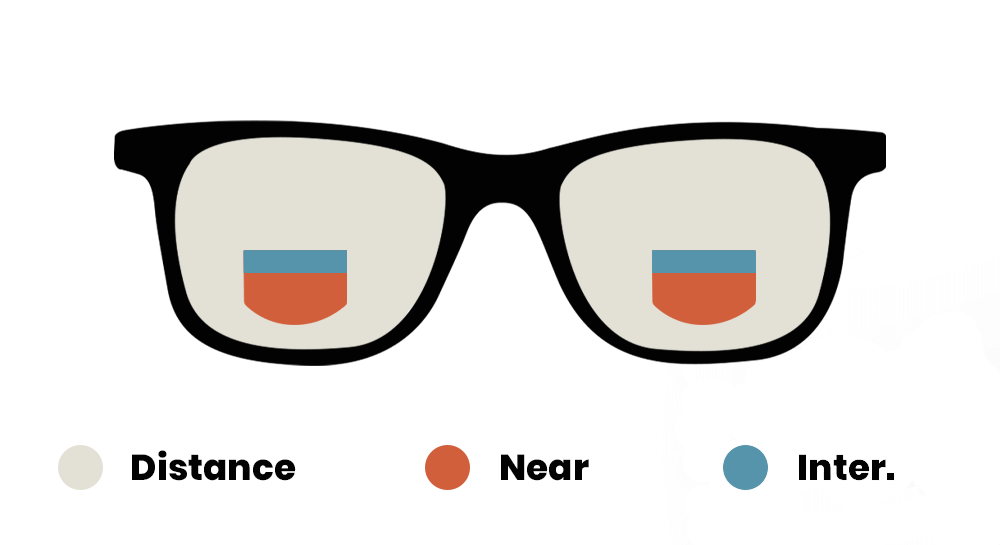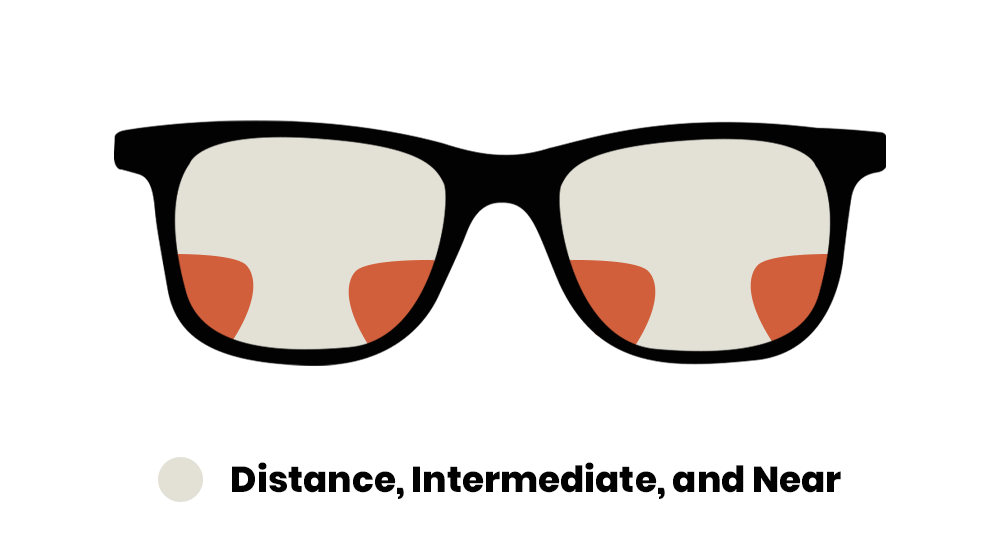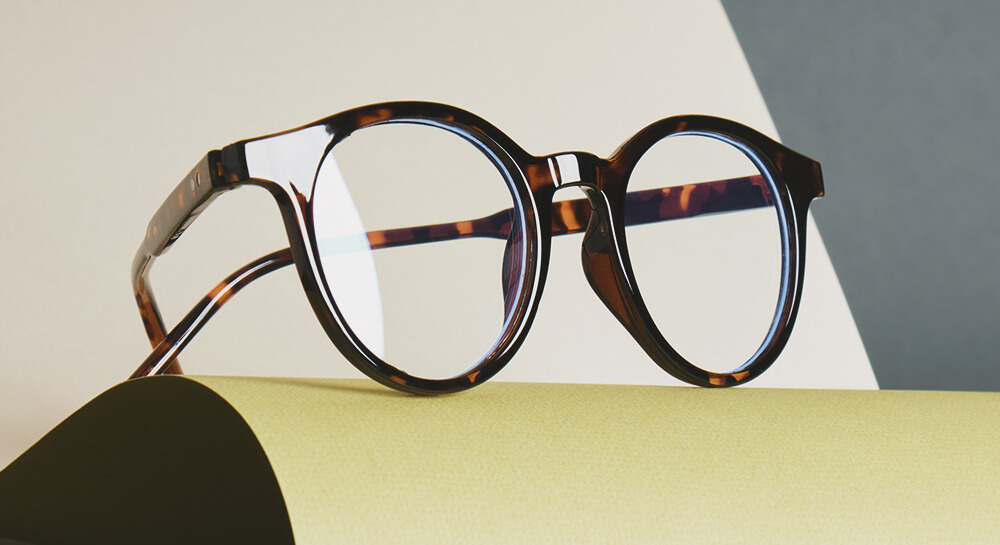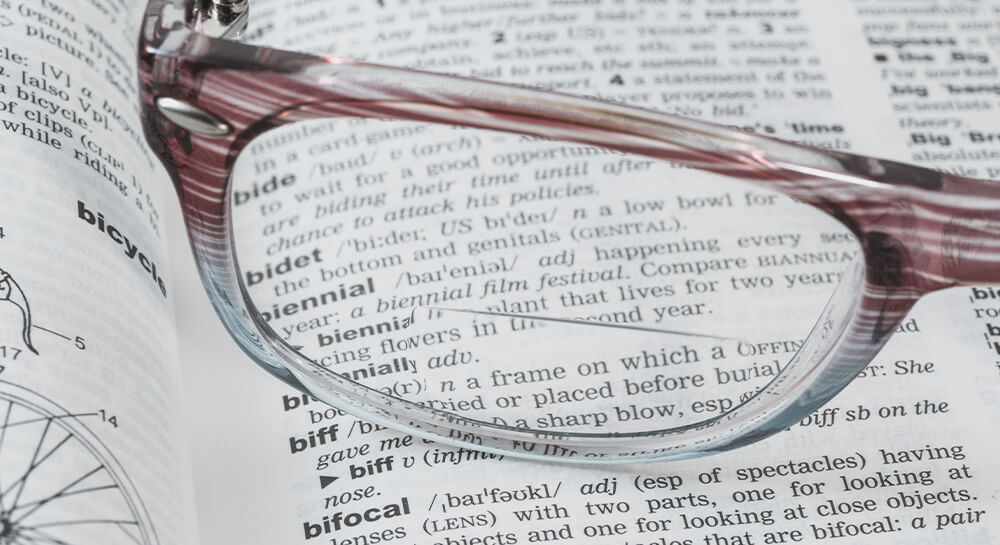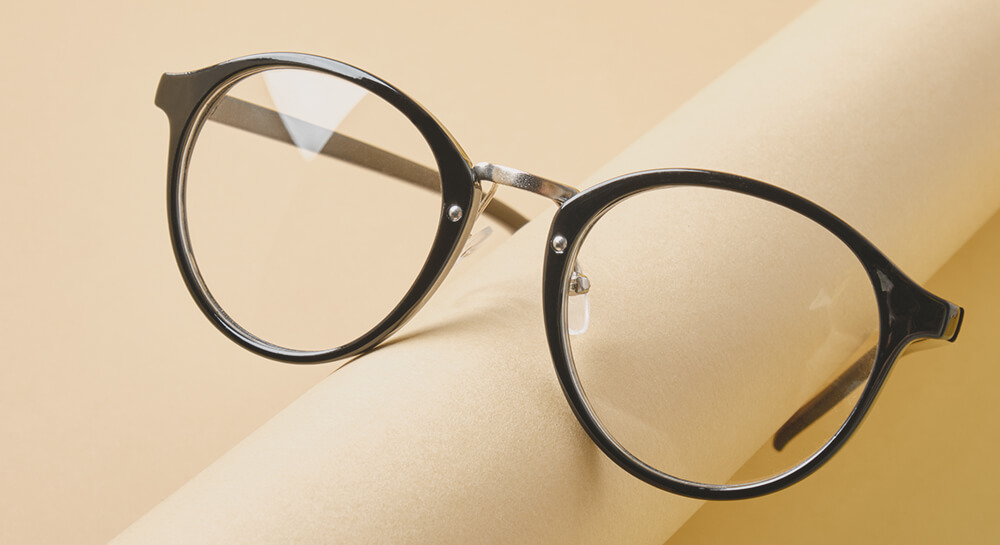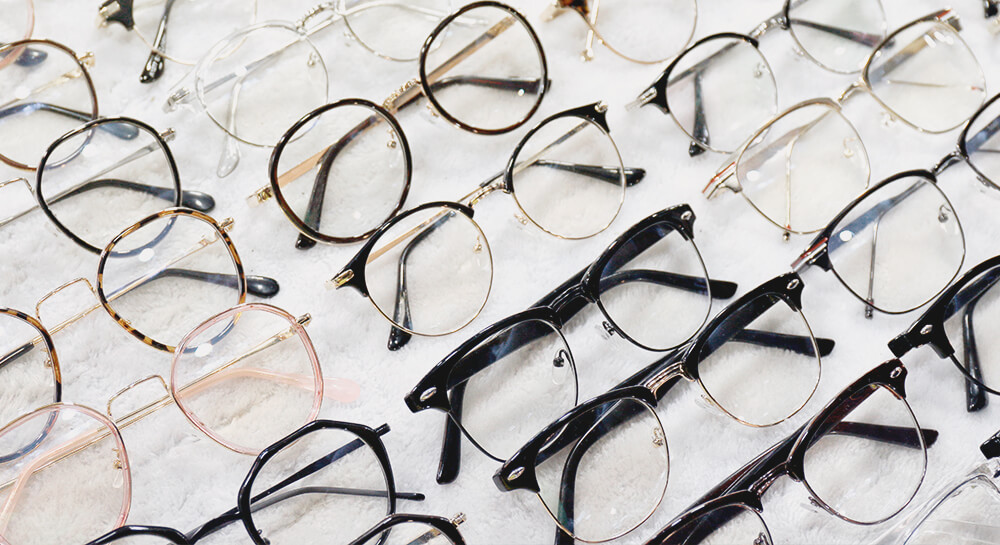Understanding your eye prescription may seem challenging, but knowing each part ensures you receive the right corrective lenses. Here’s a breakdown to help you interpret key elements of your prescription.
Understanding the Basic Layout
Your eye prescription typically lists each eye separately since vision needs often vary. Here’s what the common abbreviations mean:
- OD (Oculus Dexter): Refers to your right eye.
- OS (Oculus Sinister): Refers to your left eye.
- OU (Oculus Uterque): Refers to both eyes if they share the same prescription.
Key Components Explained
Each section of your prescription describes the type and degree of correction needed.
- Sphere (SPH): Indicates farsightedness or nearsightedness. A “+” sign means farsightedness, while a “-” sign means nearsightedness. Higher numbers indicate stronger lenses.
- Cylinder (CYL): Measures astigmatism, showing irregular eye shape. Positive or negative numbers suggest an eye shape closer to a football than a basketball. If blank, no astigmatism correction is needed.
- Axis: Indicates the direction of astigmatism, from 1 to 180 degrees, for proper lens alignment.
- Add: Shows additional magnification for near vision, often for progressive or bifocal lenses.
Sample Prescription
Here’s an example:
- OD (Right Eye): -2.50 SPH / -1.00 CYL x 180
- OS (Left Eye): -1.75 SPH / -0.50 CYL x 160
In this case:
- Right Eye (OD): The sphere (-2.50) indicates moderate nearsightedness, while the cylinder (-1.00) and axis (180) adjust for astigmatism.
- Left Eye (OS): Shows lower nearsightedness (-1.75 SPH), with slight astigmatism (-0.50 CYL) and an axis of 160.
These numbers provide the optician with all the details needed to create lenses that improve your vision.
Additional Terms You May See
- PD (Pupillary Distance): Measures the distance between your pupils, ensuring lenses align correctly.
- Prism: Corrects eye alignment issues like double vision.
- Base: Indicates where the thicker part of the prism should be positioned for alignment correction.
Filling Your Prescription
To ensure you get the best lenses:
- Choose a Reliable Optician: Whether in-store or online, select an optician with experience.
- Consider Lens Options: Opt for high-impact, scratch-resistant lenses, especially if you need durability. Many opticians offer UV protection and anti-reflective coatings, ideal for screen time and outdoor use.
- Check for Adjustments: Regular check-ups ensure your lenses and fit remain accurate.
Common Questions About Eye Prescriptions
- “Can my prescription improve?” Vision changes over time, so regular eye exams are key.
- “Does wearing glasses make eyesight worse?” Glasses won’t worsen your vision; instead, they reduce eye strain and improve clarity.
- “How often should I have my eyes checked?” Annual exams are recommended to monitor any changes in vision.
The Importance of Regular Eye Exams
Routine eye exams detect vision changes early, which helps prevent issues with daily activities. Schedule an appointment if you notice frequent squinting, blurry vision, or headaches.
Understanding your eye prescription equips you to make informed choices about your vision care. Familiarizing yourself with these details helps you stay proactive in maintaining eye health.








